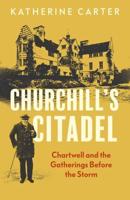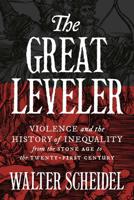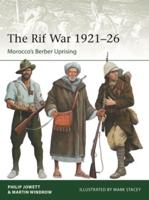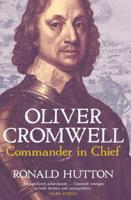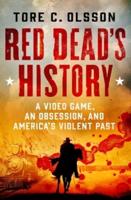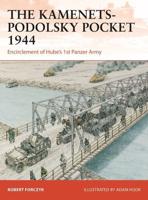Publisher's Synopsis
An excerpt from the beginning of the first chapter:
THE history of illumination and book-decoration, as practised in England in the period anterior to the Norman Conquest, has a particular interest which altogether surpasses that of contemporary continental art of the same nature. There still exist, in fairly sufficient numbers, manuscripts produced in our own country, in the three and a half centuries between the years 700 and 1066, which enable us to judge, with something approaching to accuracy, the progress of the art used in their decoration. In them we find two distinct styles: the one having its origin in the north, the other developing in the south, of the kingdom. In the north we have the style introduced from Ireland-a style which may be termed almost purely decorative, in which figure-drawing is of so primitive and barbarous a nature that it counts for nothing from the point of view of art, but in which the marvellous interlaced designs and ribbon and spiral patterns combine to produce decorations of the highest merit, and such as have no rivals in other schools of illumination. On the other hand, in the style which arose in the south we have figure-drawing largely, and in no small degree successfully, cultivated; and, at the same time, the decorative side of the art is not neglected. This developed, not with the minute accuracy and laborious ingenuity of the Irish school, but with freedom of drawing and some imitation of nature; and it has a very pleasing result.
It does not come within the scope of our subject to trace in detail the rise and development of the Irish school of book-decoration, or to examine its productions on its native soil. We must confine our attention to the result of its importation into England, and to its influence there, as far as that can be traced. The school of the south has a larger claim upon us, and its development and methods of work will be followed in some detail.
The late Professor Westwood in his great work, Facsimiles of the Miniatures and Ornaments of Anglo-Saxon and Irish Manuscripts, has attempted briefly, and we think with success, to show that the Irish school of ornamentation not only owes nothing to classical examples, but that it was essentially a native school working out its own ideas, untouched by exterior influences. The careful examination which he bestowed upon the extant specimens of the work of this school, and the comparisons to which he subjected them with the productions of other countries, satisfied him that we can recognise no sufficient resemblance to justify the assumption of relationship with foreign schools. Of course, we do not mean to assert that various imported objects of art, metal-work, carving, or what not, may not at an early period have suggested to the Irish workmen the lines on which their designs were to be elaborated; but that elaboration followed its own course, and there is nothing in the fullydeveloped work to indicate external influence, as we understand the word. Westwood defines the different kinds of ornament employed in the decoration of Irish manuscripts to be formed '(1) simply by the use of dots, generally in different coloured inks; (2) by simple lines, straight or curved; (3) by the step-like, angulated patterns; (4) by the Chinese-like Z patterns; (5) by interlaced ribbons; (6) by interlaced zoomorphic patterns; and (7) by the various spiral patterns, which are by far the most characteristic of the whole.' The repetition of these designs, usually set in compartments and arranged either to form full ornamental pages or elaborate initial letters, produces an effect which, regarded as pure ornament, it would be difficult to surpass. There is some reason to assume that the illuminators of the early Irish manuscripts borrowed their patterns from other more early established industries, those of the metal-worker, sculptor, wicker-worker...

